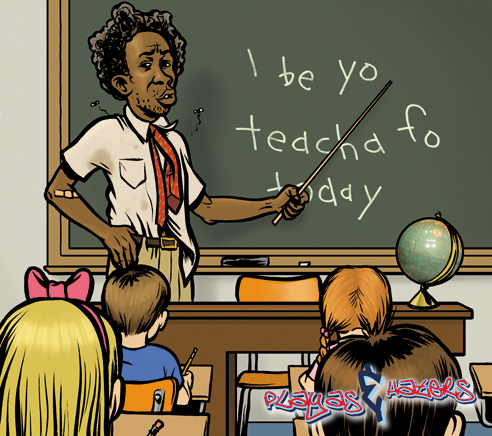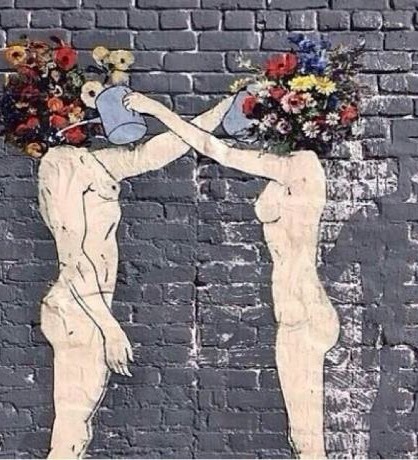Diction & "Showing the Story"
Readers reading the literary novel “Their Eyes Were Watching God” within the first four chapters learn swiftly of the importance of diction used by the author Hurtson. Not only does Hurtson use it to accurately portray the post-slavery Southern speaking style of English endemic of the average education-deprived African American, but she also does so in order to get the reader to painstakingly and meticulously pay more attention to the content of the story.
Such an example can be found early in the story, during the genesis of the story in chapter 1. Hurtson as the author of the story uses the diction of an important character in the story thus far, Pheoby, to emphasize the simplicity and unpolished nature of the way the impoverished Negro blacks in Western Florida are historically depicted as. When Janie tells Pheoby as her dear friend about the whereabouts of her man, Pheoby exclaims “Tea Cake gone?” in complete disbelief and shock (Hurston 7). This one question said by Pheoby, which can be assumed to be said in a brief but strong interjectory tone, is directly contrastable with the flowery, elegant and robust verbiage of Hurston’s narration. The line before Pheoby’s remark says that Pheoby “dilated all over with eagerness”. Not only is the contrast between the sophistication of Hurston’s 3rd person omniscient narration and Pheoby’s rustic dialogue intriguing to the reader, but it successfully emphasizes just how unique and expressive the way Pheoby and Janie speak as characters. This same thinking can be applied to rest of the characters previous mentioned in the story such as Lulu, Mrs. Sumpkins, Pearl Stone, Sam (Hurston 3-4), and later characters mentioned by Janie’s backstory such as Johnny Taylor and her strict disciplinarian grandmother Nanny (Hurston 11-12). When they speak, the reader must pay attention to the content of what they say closer
http://www.mememaker.net/static/images/memes/4187648.jpg
https://qph.is.quoracdn.net/main-qimg-4b4e21cc5bd2cc4a725b79054634b7c1?convert_to_webp=true











